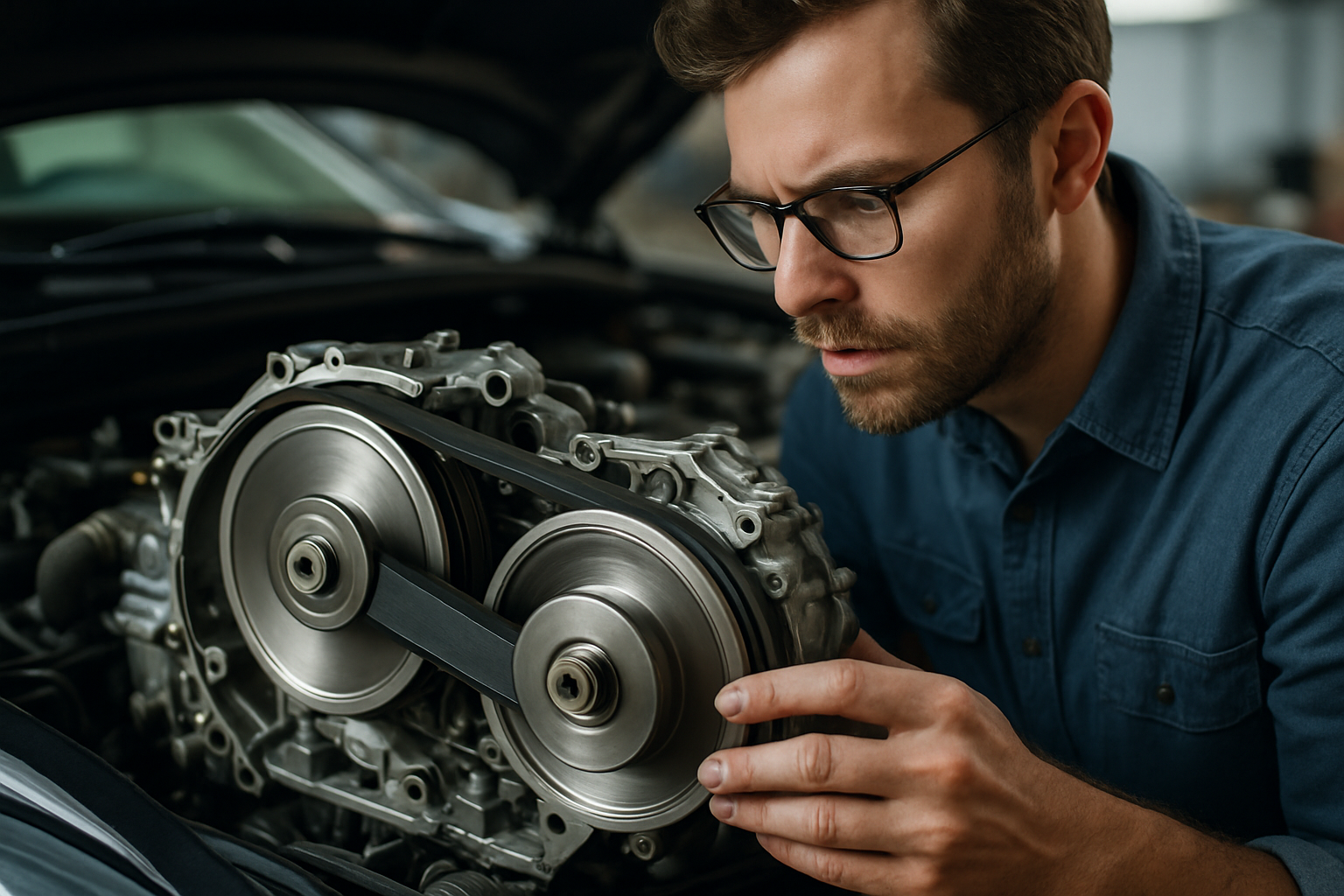How upgrading aftermarket parts can influence reliability and warranty
Upgrading aftermarket parts can change how a vehicle performs and how its warranty is interpreted. Owners weighing modifications—from performance brakes to upgraded tires or telematics devices—should consider maintenance needs, inspection requirements, and how repairs might be handled. This article outlines common effects on reliability, safety, and warranty coverage.

Maintenance and reliability
Aftermarket components can alter routine maintenance schedules and influence long-term reliability. Parts such as upgraded tires or performance brakes may demand more frequent inspections and different servicing intervals than OEM equivalents. Regular maintenance that follows manufacturer or installer guidelines helps preserve performance and reduces unexpected failures. For daily commuting vehicles, consistency in oil changes, tire rotations, and drivetrain checks remains important, and aftermarket parts should be documented so mechanics understand what was installed during inspections or repairs.
Repair risks and warranty implications
Replacing stock parts with aftermarket alternatives can complicate repair and warranty situations. Under many jurisdictions, warranty protections on a vehicle are not automatically voided by an aftermarket part, but a manufacturer may deny coverage for failures directly caused by a non‑OEM component. Clear documentation and honest disclosure during diagnostics help technicians determine cause of failure. When a repair involves both OEM and aftermarket systems, expect a more detailed inspection to separate causes related to parts, installation, or normal wear.
Electric and hybrid considerations
Owners of electric and hybrid vehicles face specific concerns when installing aftermarket items. Components that affect charging behavior, battery management, or drivetrain controls—such as unauthorized telematics modules or modified charging adapters—can impact performance and may lead to diagnostic scrutiny. Routine inspection of charging connections and battery health is especially important; unrelated modifications that change vehicle loads or cooling performance could indirectly affect battery longevity. Follow manufacturer guidance on compatible charging equipment and have any electrical upgrades validated by qualified technicians.
Drivetrain, tires, and handling effects
Aftermarket upgrades to drivetrain elements or tires influence vehicle dynamics and reliability. Changes like different final drives, performance clutches, or non‑OEM tires can alter load distribution and heat generation. Tires affect braking, fuel economy, and safety; choosing appropriate sizes and load ratings is essential. Modifying drivetrain components without matching supporting systems (cooling, lubrication, or suspension) can increase wear elsewhere. Regular inspections focused on drivetrain seals, transmission fluid condition, and tire wear patterns can detect issues before they become major repairs.
Diagnostics, telematics, and inspection needs
Adding telematics, advanced diagnostics, or aftermarket sensors can improve monitoring but also requires careful integration. Properly configured telematics systems provide useful data for maintenance planning, but poorly integrated units may interfere with vehicle electronics or generate false fault codes. Technicians often perform detailed inspections and diagnostics to isolate software or wiring conflicts. Keep installation records and firmware versions handy; transparency helps when interpreting diagnostic results during warranty reviews or repairs.
Safety, detailing, and commuting impacts
Safety-related upgrades—such as aftermarket lighting, advanced brake pads, or wheel changes—can improve certain aspects of driving but must be balanced against compatibility and inspection rules. Detailing and exterior modifications rarely affect mechanical warranty coverage, but changes that alter vehicle structure or safety systems can draw scrutiny. For regular commuting, consider reliability over maximal performance: choose parts and service levels that match daily usage, and schedule periodic inspections so modifications don’t introduce unexpected failures during routine travel.
Conclusion
Aftermarket upgrades offer flexibility to tailor a vehicle to specific needs, but they also introduce variables that affect reliability and warranty outcomes. Documentation, appropriate installation, and adherence to recommended maintenance and inspection routines reduce risks. For electric or hybrid vehicles, particular attention to charging, battery health, and electronics integration is important. Thoughtful selection of parts, transparent records, and regular diagnostics help preserve safety and clarify responsibility if warranty issues arise.





